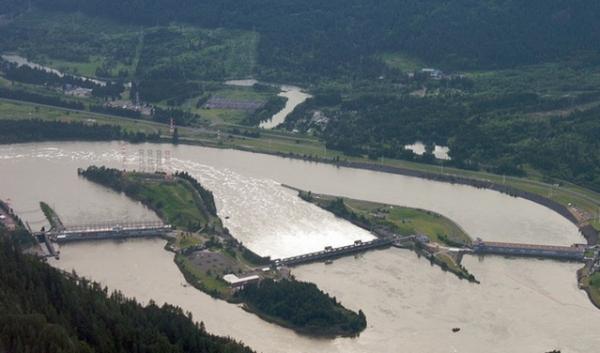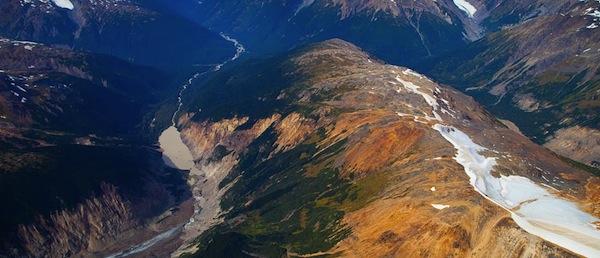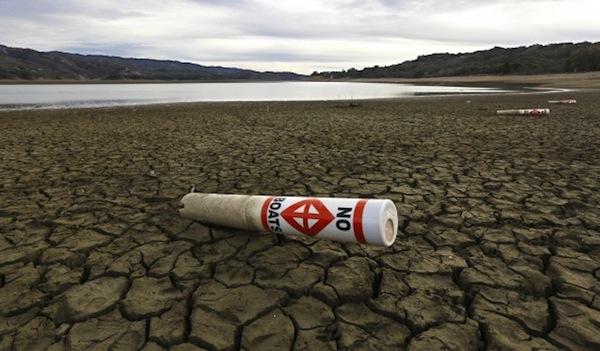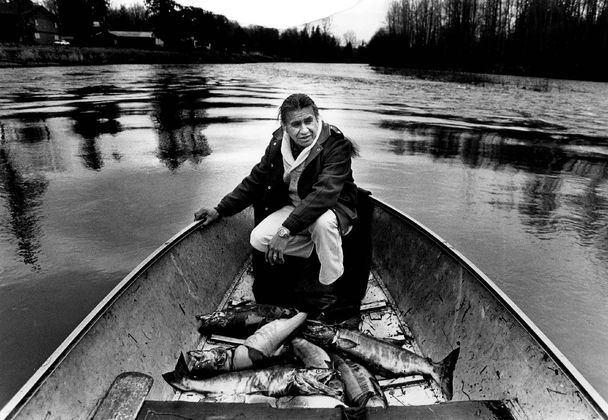Associated Press
WASHINGTON (AP) — The Transportation Department issued an emergency order Wednesday requiring that railroads inform state emergency management officials about the movement of large shipments of crude oil through their states and urged shippers not to use older model tanks cars that are easily ruptured in accidents, even at slow speeds.
The emergency order requires that each railroad operating trains containing more than 1 million gallons of crude oil — the equivalent of about 35 tank cars — from the booming Bakken region of North Dakota, Montana and parts of Canada provide information on the trains’ expected movement, including frequency and county-by-county routes, to the states they traverse. The order also requires that railroads disclose the volume of oil being transported and how emergency responders can contact “at least one responsible party” at the railroad.
Much of the oil from the region is being shipped across the U.S. and Canada in trains of 100 cars or more that accident investigators have described as “moving pipelines.” The trains traverse small towns and big cities alike. Local and state officials, fire chiefs and other emergency responders have complained that they often have no information on the contents of the freight trains moving through communities and their schedules. Nor are they able to force railroads to provide that information, they say.
The department also issued a safety advisory urging shippers to use the most protective type of tank car in their fleets when shipping oil from the Bakken region. The order recommended that to the extent possible shippers not use older model tank cars known as DOT-111s. Accident investigators report the cars have ruptured or punctured, spilling their contents, even in accidents that occurred at speeds under 30 mph.
The tank cars are generally owned by or leased to oil companies that ship the crude, not the railroads.
The emergency order follows a warning two weeks ago from outgoing National Transportation Safety Board Chairwoman Deborah Hersman that the department risks a “higher body count” as the result of fiery oil train accidents if it waits for new safety regulations to become final.
Transportation Secretary Anthony Foxx announced the moves at a Senate committee hearing Wednesday, saying the department was moving as fast as possible on new safety regulations for crude oil shipments. He said the department sent a proposal last week to the White House that included new tank-car standards and regulations on train speeds, and the safety classification of oil based on its volatility. He said he anticipated final regulations before the end of the year.
Unlike the emergency order, the safety advisory on tank cars is voluntary, noted Sen. Maria Cantwell, D-Wash. Pointing out that oil trains move through “every major city it in the Northwest … hitting every urban center in our state,” she pressed Foxx to move even faster on tougher tank-car standards that would have the force of law.
There have been nine oil train derailments in the U.S. and Canada since March of last year, many of them resulting in intense fires and sometimes the evacuation of nearby residents, according to the NTSB. The latest was last week, when a CSX train carrying Bakken crude derailed in downtown Lynchburg, Va., sending three tank cars into the James River and shooting flames and black smoke into the air. No one was injured, but the wreck prompted an evacuation of nearby buildings.
Concern about the safe transport of crude oil was heightened after a runaway oil train derailed and then exploded last July in the small town of Lac-Megantic in Canada, just across the border from Maine. More than 60 tank cars spilled more than 1.3 million gallons of oil. Forty-seven people were killed and 30 buildings destroyed in resulting inferno.
U.S. crude oil production is forecast to reach 8.5 million barrels a day by the end of this year, up from 5 million barrels a day in 2008. The increase is overwhelmingly due to the Bakken fracking boom. Fracking involves the fracturing of rock with pressurized liquid to free oil and natural gas unreachable through conventional drilling.
Railroad and oil industry officials had no immediate comment on the government’s action.


















